On an evolving ‘Live Studio Wall’, which forms part of Hannah Starkey’s exhibition at the Hepworth Wakefield, is a collage of overlapping small-scale prints with scrawled notes. One reads:
Tools of the revolution
unfinished photograph/story
Find your own story
Moving through Starkey’s photographs, I wondered whose story or stories were being glimpsed – the subjects’ or the photographer’s? The artist refers to the girls and women she captures as ‘icons’ and while this is presumably intended to elevate her subjects, it is an unsettling description. The fashioning of an icon – understood by Starkey as ‘emblematic of the female experience’ – out of a real woman, or any human for that matter, is a projection from the outside and leads too often to a diminishing and contrived idealisation.
Starkey is aware that in photographing her subjects she fixes them not only in time and place, but also in a particular role. The majority of her photographs are staged: a scenario is chosen by the artist; real people or actors are cast as the characters; a location is found. She only works with the consent of her subjects, stating, ‘I don’t want to traumatise women. I think the camera is quite traumatising.’ Mutuality is at the heart of what she does.

Butterfly Catcher, 1999 (1999), Hannah Starkey. Courtesy the artist, Maureen Paley, London and Tanya Bonakdar Gallery, New York / Los Angeles
Her compositions are at their most invigorating and impressive when the final creation outshines the choices made and the methods used to capture the image. In Butterfly Catchers, 1999 a couple of teenage girls in dark tracksuits advance across an expanse of rubble, behind them a half-toppled linen mill and, further back, the low familiar mountain beneath a moody sky, roofed by cloud. Photographed shortly after the Good Friday Agreement, the partly-demolished building and rubble symbolise the destruction and erasure that sometimes precedes regeneration, while the girls, heading beyond the frame in search of elusive ‘butterflies’, are moving into the future with all the promise and uncertainty that entails.
Untitled, August 1999, meanwhile, portrays four older women (one of whom, we’re told in the exhibition, is the artist’s mother) standing outside a community centre, partly illuminated from above by an outdoor light. One woman (the mother?) in an animal-print dress and bold jewellery is spotlighted. Her eyes are closed. One hand is tucked into her waist. She is pointing a foot, which hovers in the air as though she were about to dance or hesitantly step forward. Here, exposure and mystery co-exist to create a pleasing friction as we wonder what was designed and what was spontaneous, what is real and what is merely the semblance of reality. Both images were taken in Belfast, where Starkey was born, and her familiarity with the culture and place is perhaps what makes them so tender. Exactly situated, they are resonant, tart, nearly devotional – the faces and bodies of her subjects reflecting a complex interiority.
In the aftermath of 9/11 and ‘around the time of the bombings in London’, Starkey notes and attempts to capture a ‘shift in normal life’. The resulting images – The Dentist, 2003, Newsroom, 2005, Untitled, May 2004 and Untitled, September 2006 – while beautiful and ambient, are neater and more immediate, with fewer unexpected details – they feel shut-in, almost commercial. Backs are turned or the expressions on faces are vague. Similarly, Starkey’s photographs around the Women’s March of 2017, though of historic note, are too overt in their messaging, overridden with the placards they depict, and therefore less compelling than the subtler, more emotive works.
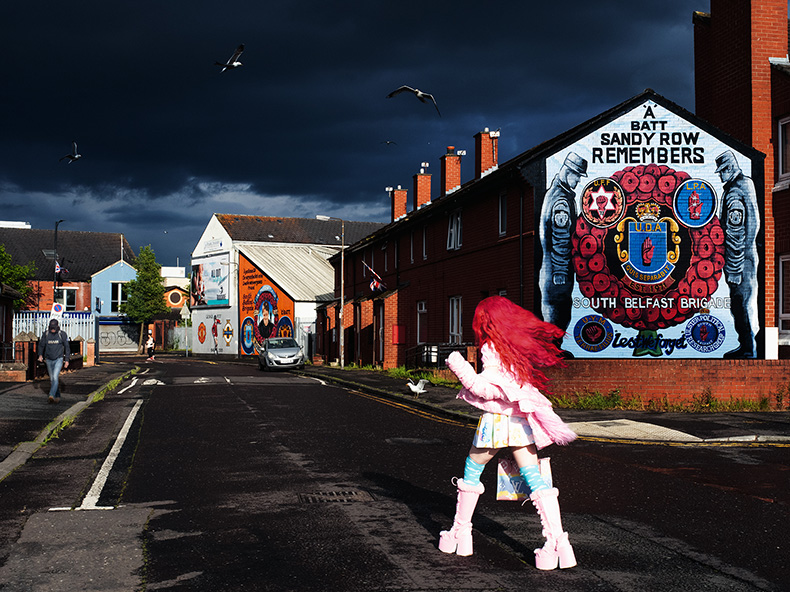
Untitled, May 2022 (2022), Hannah Starkey. Courtesy the artist, Maureen Paley, London and Tanya Bonakdar Gallery, New York / Los Angeles
Untitled, May 2022 returns the viewer to Belfast. A young girl in anime cosplay of baby pink and turquoise with long crimson hair strides past a Sandy Row mural, down a bending street with unpredictable markings. Ahead, an open-winged seagull stands on the kerb’s edge. Gulls drift above. The familiar and unusual coincide, true to life.
The intricately textured and allusive Belfast images, whether made in the late 1990s or more recently, are powerful in their attention to glimpsed private life in the context of a larger political and historical moment. Without sacrificing their particularity, the figures resonate beyond that instant. In Untitled, August 1999, for example, a trio of girls waits at the foot of a wall, which forms the background to the whole image. In the foreground their friend, lagging behind, is photographed as she turns to look over her shoulder at someone or something out of the frame. The Christian iconography, the graffitied names and the attire tell us that this is modern Ireland, but it could just as easily be another country or age.
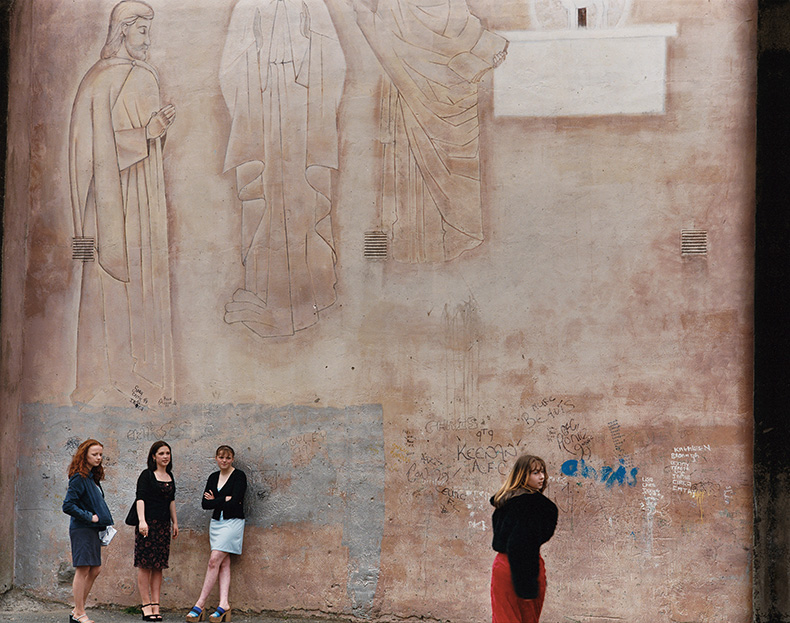
Untitled, August 1999 (1999), Hannah Starkey. Courtesy the artist, Maureen Paley, London and Tanya Bonakdar Gallery, New York / Los Angeles.
‘Hannah Starkey: In Real Life’ is at Hepworth Wakefield, West Yorkshire until 30 April 2023.
Unlimited access from just $16 every 3 months
Subscribe to get unlimited and exclusive access to the top art stories, interviews and exhibition reviews.


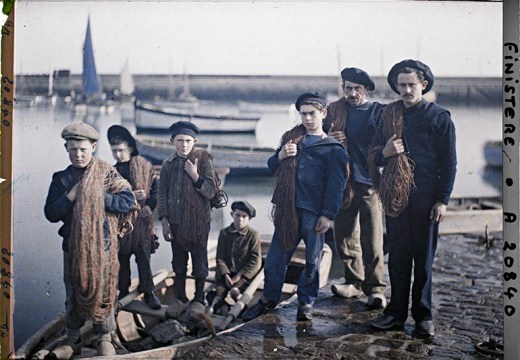
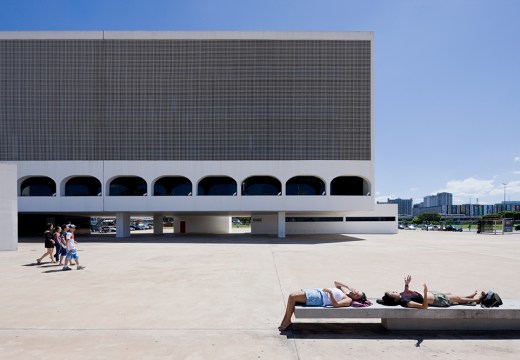
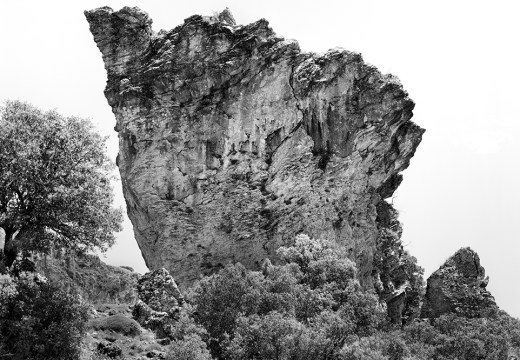









![Masterpiece [Re]discovery 2022. Photo: Ben Fisher Photography, courtesy of Masterpiece London](http://www.apollo-magazine.com/wp-content/uploads/2022/07/MPL2022_4263.jpg)
It’s time for the government of London to return to its rightful home